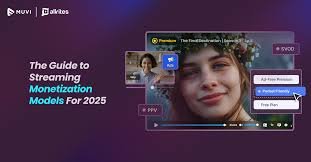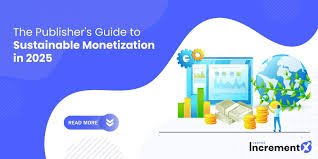Mastering Content Writing & Strategy: A Comprehensive Guide to Boost Your Brand’s Online Presence
In today’s digital world, a solid content writing strategy is essential for businesses to stay competitive and grow their online presence. Content isn’t just about producing articles and blog posts; it’s about crafting strategic, high-quality material that resonates with your target audience, provides value, and helps your brand stand out from the competition. Whether you’re just starting or looking to refine your content approach, this comprehensive guide will help you master content writing and strategy to drive more traffic, engagement, and conversions. 1. Understanding Content Writing and Strategy Content writing is the art of creating written material for digital platforms like blogs, websites, social media, email campaigns, and more. However, writing content is only half of the battle. To truly succeed, you need to integrate a thoughtful strategy into your content creation process. Content strategy refers to planning, creating, distributing, and measuring the effectiveness of content. A content writing strategy ensures your content aligns with your brand’s goals, speaks directly to your audience, and drives tangible results, such as improved SEO rankings, increased website traffic, or higher conversion rates. 2. Know Your Audience The first step in crafting a successful content writing strategy is to understand your audience. You cannot create content that resonates with readers if you don’t know who they are, what they need, and what problems they’re trying to solve. How to define your audience: By defining your audience, you can create targeted content that addresses their specific needs and pain points. 3. Keyword Research: The Backbone of SEO To boost your brand’s visibility online, your content needs to be easily discoverable. This is where keyword research comes into play. By identifying the right keywords, you can optimize your content to rank higher on search engine results pages (SERPs). Tips for effective keyword research: Incorporating these keywords naturally into your content will improve its SEO performance and help you attract organic traffic. 4. Creating High-Quality Content High-quality content is what separates successful businesses from the rest. It’s not just about writing grammatically correct articles; it’s about creating content that provides real value to your readers. Guidelines for creating high-quality content: Remember, quality over quantity is key. A few well-crafted articles will always be more effective than numerous poorly written ones. 5. Content Distribution: Getting Your Message Out Creating great content is only half the battle. The next step is ensuring it reaches your target audience. That’s where content distribution comes in. Effective ways to distribute content: Make sure your content is easily shareable by adding social share buttons to your blog posts and encouraging readers to share your content. 6. Measure Your Content’s Performance Creating content without measuring its impact is like driving without checking the map. Analytics are essential to understanding what works and what doesn’t in your content strategy. Key metrics to track: By analyzing these metrics, you can make data-driven decisions to refine and improve your content strategy over time. 7. Consistency is Key The digital world moves fast, and to stay relevant, you need to publish content consistently. Consistency not only helps build your brand’s voice but also shows search engines that your website is active, which can improve your SEO ranking. How to stay consistent: 8. Stay Updated with Trends Content marketing and writing strategies are constantly evolving. New trends and algorithms are introduced, which can change the way content performs. Staying updated with the latest trends in content marketing ensures you remain competitive. What to watch out for: Conclusion Mastering content writing and strategy is crucial for boosting your brand’s online presence. By understanding your audience, conducting proper keyword research, producing high-quality content, distributing it effectively, and measuring performance, you can significantly enhance your brand’s visibility, engagement, and conversions. Stay consistent, stay informed, and watch your content strategy transform your digital presence. Related Tags:




















